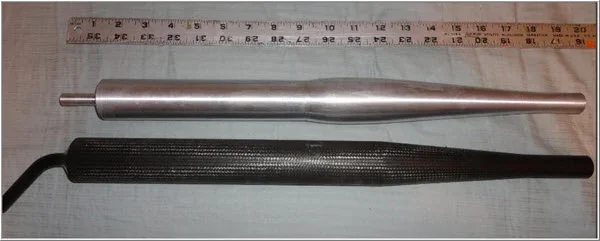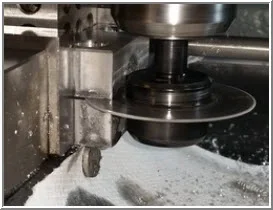Cool!
- how are you liking your (I think you were one of the guys who bought Everlast) TIG welder so far?
- you mentioned jobbing out manifold for ceramic coating. Who does that kind of work & what kind of bucks if you don't mind me asking?
- the muffler can looks like steel? & you mention aluminum ends. If so, how do you attach dissimilar like that?
- are there internal baffles or noise screens or anything?
- how are you liking your (I think you were one of the guys who bought Everlast) TIG welder so far?
- you mentioned jobbing out manifold for ceramic coating. Who does that kind of work & what kind of bucks if you don't mind me asking?
- the muffler can looks like steel? & you mention aluminum ends. If so, how do you attach dissimilar like that?
- are there internal baffles or noise screens or anything?










































































































